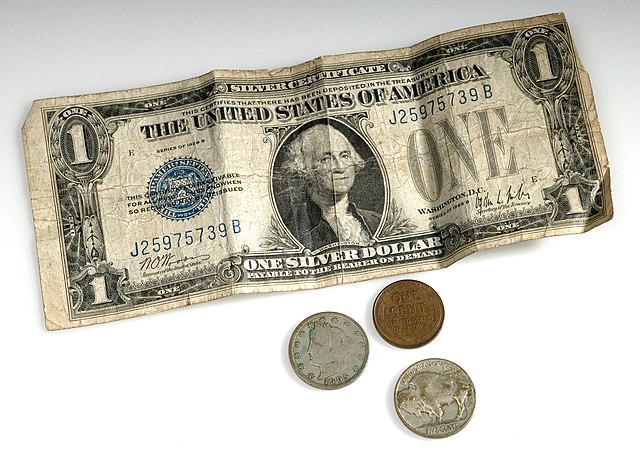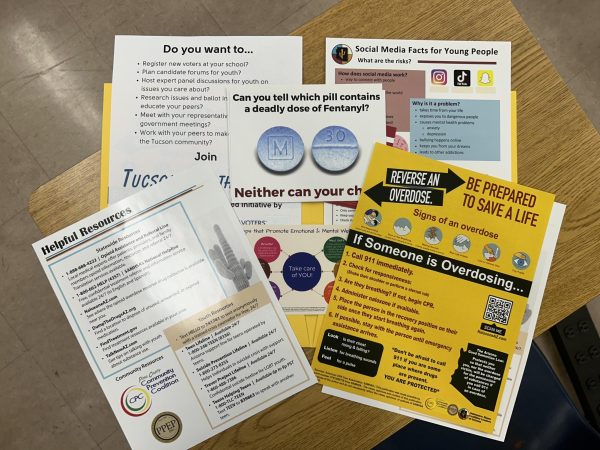U.S. Dept Ceiling: Everything You Need to Know
May 16, 2023
The U.S. Debt Ceiling has been in the news a lot lately. The debt ceiling is essentially the maximum amount of money that the U.S. government is allowed to borrow. On June 1st the U.S. will reach the debt ceiling. If nothing is done about it before then, millions of U.S. citizens will be affected. If the debt ceiling is hit, then the U.S. Treasury Department will have to suspend investments into government savings, retirements, and health plans. This will halt the sale of Treasury bonds and other government securities, shift money between government agencies to pay off intergovernmental debts, and debt that part of the federal government owes to another part.
If the government waits until even a day later and we go over the debt ceiling, then other countries will lose faith in the U.S. Treasury, making them less inclined to go to us when they need money. Along with that, government spending will have to be immediately slashed, interest rates would increase dramatically, and the U.S. dollar would go down in value by a large margin.
Currently, as of May of 2023, the Republicans and President Joe Biden are fighting about how to handle the situation. The Republicans want to raise the debt ceiling to postpone going over it, but they want to cut some benefits, while the president wants to raise it with no strings attached. At this point, the two sides have selfishly turned this into a battle of egos as opposed to focusing on what is going to help U.S. citizens the most. If they don’t start thinking with their heads instead of their egos then millions of people will likely lose their jobs, we will go into another recession, and the U.S. economy will crumble.





















